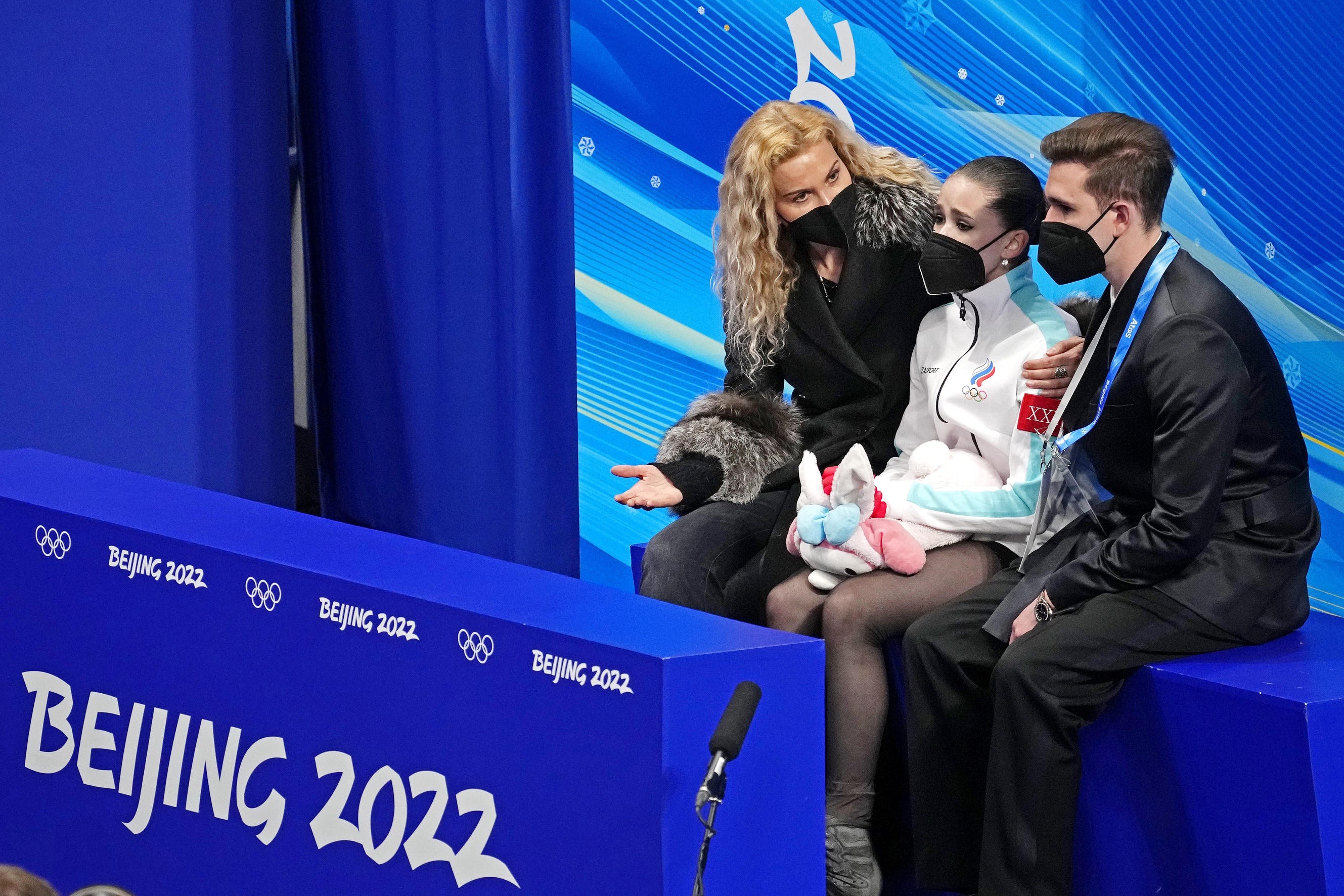Raising minimum age is not enough to address issues in Olympic figure skating | Opinion

BEIJING – In the wake of the heartbreak over the Kamila Valieva controversy, the call to raise the minimum age in women's figure skating is growing louder.
It’s an important conversation, and perhaps it will result in the International Skating Union moving the minimum age for worldwide competition from 15 to, say, 16 – or even 18, as U.S. national champion Mariah Bell, who happens to be 25, suggested the other day.
Anything that can prevent another fiasco like the one these Olympics just endured will be welcome, but raising the minimum age might not be the cure-all people hope it will be.
If you make the minimum age too old – old being a relative term in this conversation –then the juniors who are not allowed at the Games will outshine the Olympians. Younger, tinier bodies twist and turn faster in the air; once puberty hits, it becomes much harder for women to land quadruple jumps and the toughest triple jump, the triple axel.
IOC president Thomas Bach is talking a good game about wanting to “initiate a discussion” about an age limit for figure skating, but in the grand tradition of the Olympic motto of faster, higher and stronger, he certainly wants the best athletes at the Olympics. It’s why professional basketball players are in the Games. And tennis players. And golfers.
If the 2026 Winter Olympics in Milan feature women who mostly cannot land quads, while the juniors are turning them out the way 17-year-old Russian silver medalist Alexandra Trusova did Thursday night, five in all, that would make the Olympics look inferior to the world junior competition. And that would be a big problem.
'DON'T LET EVIL ADULTS CRIPPLE YOU:' Russians continue to defend Kamila Valieva, fire back at IOC president
WHO IS ETERI TUTBERIDZE? What we know about the coach behind Kamila Valieva, top Russian figure skaters
That is, unless figure skating judges change their priorities. Every figure skating program is judged both technically and artistically. What tends to happen at the highest level of the sport is that the great jumpers, no matter how young and raw they still might be artistically, receive generous program component (artistic) scores to go along with their high technical marks. The judges are human and often get carried away, unnecessarily.
If the judges were to become more stringent in their marking of the relative lack of artistry of many youngsters, while rewarding the artistry of the more mature skaters, the kids doing the quads might not be missed as much, because they wouldn’t be winning as much.
“Raising the minimum age – I’d have it starting at 18 years old – would be done in conjunction with truly scoring the program component mark at the level that is equal to the technical score,” 1988 Olympic gold medalist Brian Boitano said in a text message Friday. “They’ve been talking about doing that forever and it doesn’t seem to work and they have to figure that out.”
Problem is, in many ways, the sport has already made its decision. In 1990, it got rid of the compulsory school figures, the painstaking tracings of figure eights that demanded patience and maturity, serving to delay the quick ascent of many a young jumper.
With the school figures gone, the late Olympic coach Carlo Fassi predicted figure skating would become “gymnastics on ice." He was right. Within eight years, at the 1998 Nagano Olympics, 15-year-old Tara Lipinski defeated 17-year-old Michelle Kwan for the gold medal.
Four years later in Salt Lake City, 16-year-old Sarah Hughes won the title. The kids were in charge of women’s skating. Had they been forced to wait, it’s doubtful either Lipinski or Hughes would have won gold four years later.
One could make the case that young girls aren’t the real problem, certainly not in the Valieva controversy. The issue over the past week and a half has crystalized: the adults in Valieva’s entourage have acted so poorly that they are under investigation.
If we’re talking minimums, here’s an idea: a minimum expectation of the coaches and other adults around a skater to care for and nurture these young athletes, not ruin their Olympic experience.
That actually might be all the change that is needed.